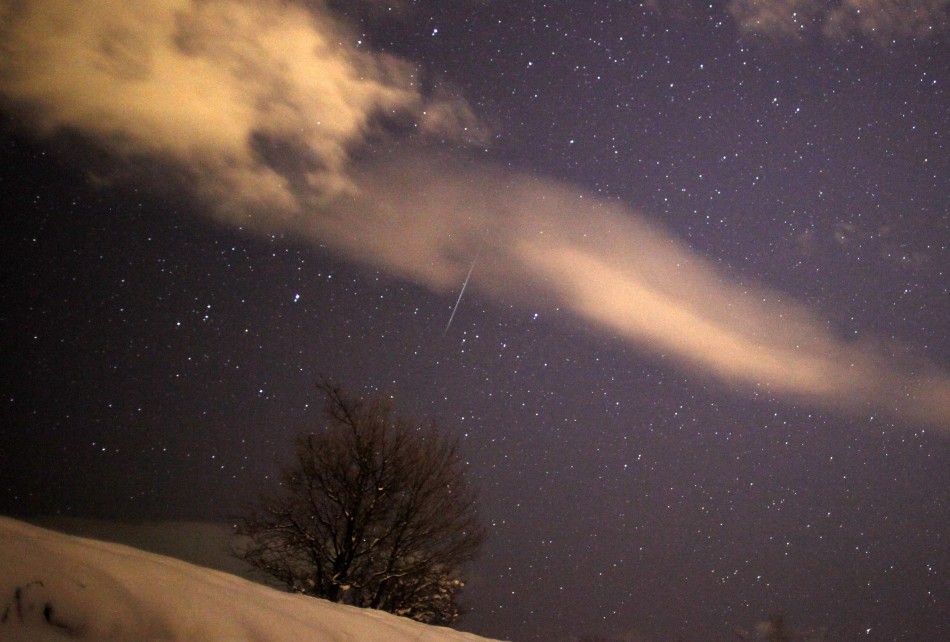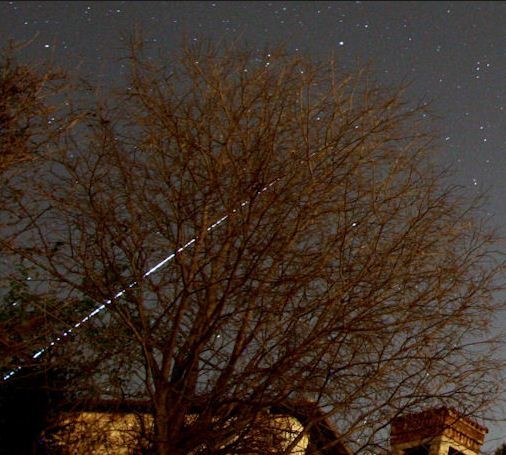Geminid Meteor Shower 2012: Stunning Pictures of Shooting Stars around the World
Astronomers and sky watchers, amateur and professional, from all around the world, were treated to a magical meteor shower on the evening of 13 December, as the annual Geminid meteor shower peaked with a bounty of brilliant shooting stars.
"The sky was completely clear here," a resident of the Shetland Islands, Ivan Hawick, was quoted by the BBC, "I could see eight meteors in one minute at times. One I saw was burning so bright - it was a lovely blue colour."
According to NASA, the meteor stream is named for the pieces of debris, from an object called 3200 Phaethon. However, Phaethon itself is a bit of a mystery artefact and contemporary speculation oscillates between it being either an asteroid or an extinct comet, depending on either levels of brightness or orbit.
NASA astronomer Bill Cooke admitted it was his favorite meteor shower of the year.
"Of all the debris streams Earth passes through every year, the Geminids' is by far the most massive," Cooke said on the space agency's official Web site, "When we add up the amount of dust in the Geminid stream, it outweighs other streams by factors of 5 to 500."
Twitter was abuzz with comments on the amazing shooting stars...
@thatwilcoxguy: "Saw fireball in Ashburn. Went halfway across sky before breaking into tiny, fiery chunks. Looked like fireworks."
Alyson Browett: "saw about 30-40 in an hour in Linden, Va. best shower i've ever witnessed."
@pency87: "Hit the roof at our place just now at 4th and Mass NW and was astounded by the show. Amazing!"
@museumbug: "DC NW surrounded by city-just saw one with such a long tail thought it must be a firework. Nope. Stunning! #shootingstars"
For those unable to watch the showers outdoors, NASA offers live streaming video. The space organisation's light-activated camera, situated at the Marshall Space Flight Center in Huntsville, Alabama switched on at sunset on 13 December and will be active again tonight.
Meanwhile, check out some stunning photographs of the Geminid meteor shower...








© Copyright IBTimes 2024. All rights reserved.





